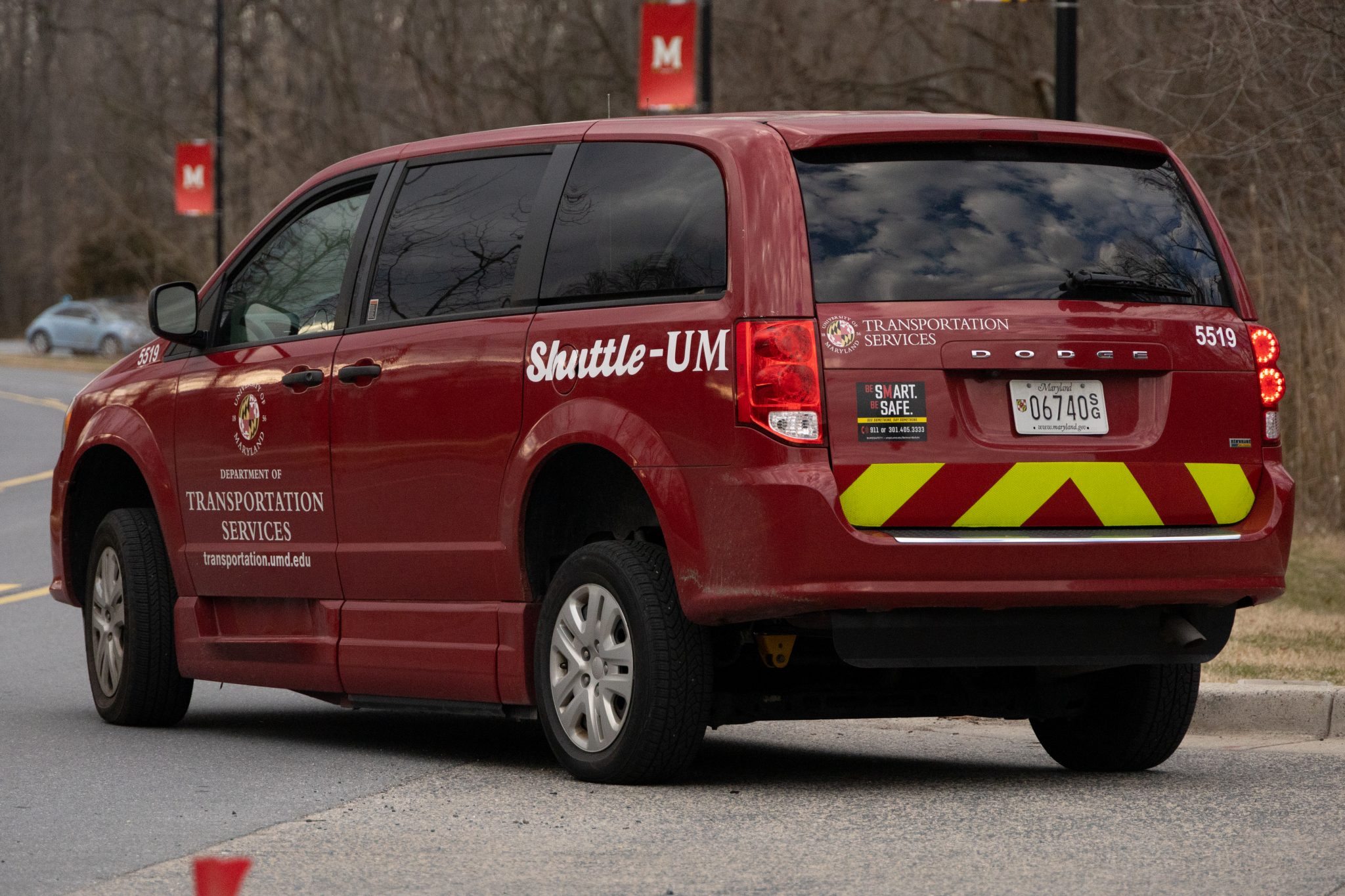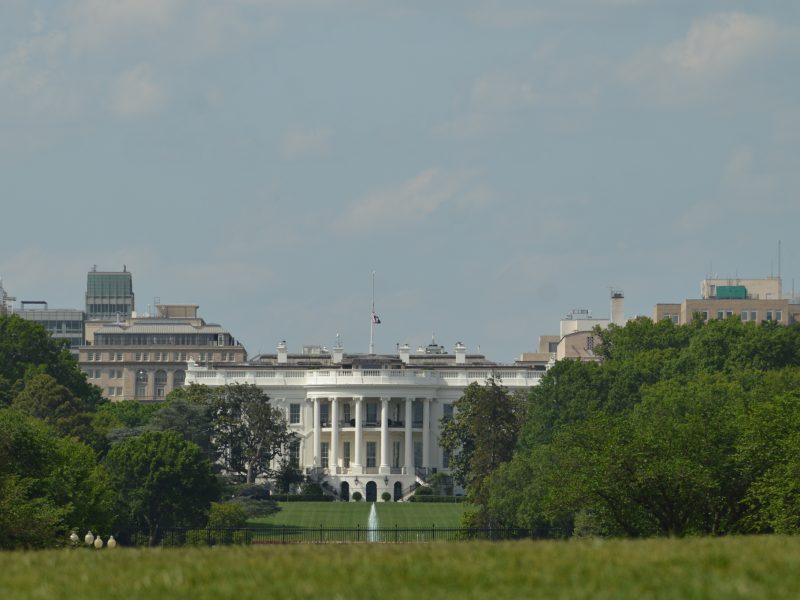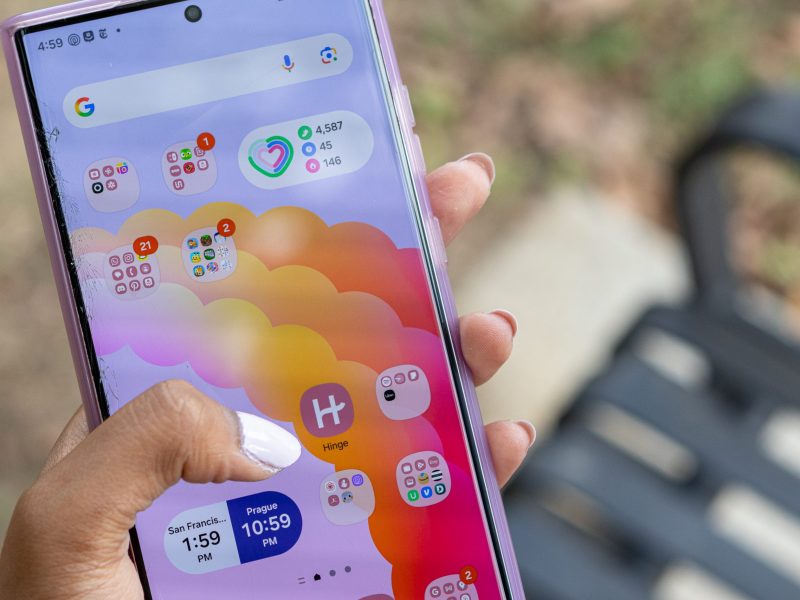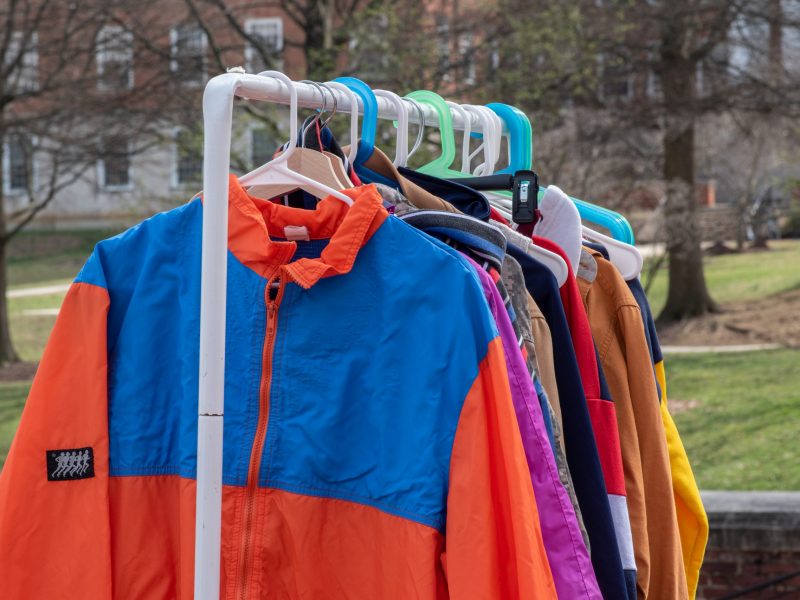Views expressed in opinion columns are the author’s own.
At the beginning of my junior year, I was on crutches. After a pretty debilitating knee injury earlier that year, and before doctors could figure out what was wrong with my joint, I spent six weeks hobbling around campus.
During that time, I experienced what many University of Maryland students experience every day — the arm pain from getting up and down hills, the frustration when elevators were broken and the sheer exhaustion from going to a single class on our more than 1,000-acre campus.
If those crutches taught me anything, it was that our campus is not as accessible as it should be. This university needs to invest in services and resources for students with disabilities, including interactive campus maps and a more refined University of Maryland app that includes real-time updates on the accessibility of our campus.
The Diamondback did a 2022 analysis on what life looks like for students who are disabled on campus, and it highlights just how hopeless it can feel. In essence — as part of the piece mentions — it feels like disabled students are an “afterthought” in the grand scheme of this university’s community.
I’m lucky that I’m now able to walk up and down these hills without struggling and don’t have to depend on working elevators or clean ramps.
Accessibility is a core part of the university’s commitment to belonging and inclusion, but students need more support to ensure they know what’s working and what isn’t, where on campus is safe for them to navigate and whether they can get to their classes.
In addition to our campus’ massive size, many of its academic buildings are old. It’s difficult to depend on elevators and other infrastructure. If accessibility buttons don’t work or are unreachable, students with disabilities cannot be expected to get to class.
Even Paratransit, which shuttles students and faculty with disabilities around campus, can be difficult to navigate. It requires a special certification with DOTS to use the service, and on top of that, students are encouraged to give a 48-hour notice if they need a ride somewhere. The nature of college barely allows students a one hour buffer time, so the recommended notice further restricts them.
There are options open to this university to help mitigate these problems — and the solution lies in investing in more technology to help our students. Adding to our yearly mandatory fees could provide the funds to invest. While higher fees are almost always a cause for frustration, these would make campus safer and more equitable for all students.
Students have little indicators of when things are working and when they’re not. The university app has an interactive campus map, but it doesn’t have detailed information about whether elevators are functioning, paths are cleared for students with disabilities or if there are stairs on a particular route.
The first step in helping students with disabilities is to make sure they are as informed as possible, which means improving the app to include a map with updated information for accessibility services. We could get that information through crowd-sourcing and a reporting system on the app for students, faculty and facilities. Juxtaposing crowd-sourcing with formal reporting from facilities will give students the most updated information possible. If anyone goes into the app, they should be able to simply click a few buttons to report a problem, creating a live map on the app and physical directories around campus. In short, the map should function like Waze, an app that allows drivers to input real-time updates on road closures, cameras, accidents and more.
In addition to the app, we need more resources for students with disabilities. Having a series of physical interactive maps scattered throughout campus, like a mall directory, will help students stay updated and aware while they’re traversing campus. Without information, students with disabilities are forced to guess and hope for the best to get to classes, clubs or events.
An interactive campus map offers real-time updates — and is beneficial not only for students with disabilities but even for those who are unsure of how to get to their classes, making this university a more welcoming place that supports its students.
Jahnavi Kirkire is a senior government and politics and public policy major. She can be reached at jkirkire@umd.edu.



